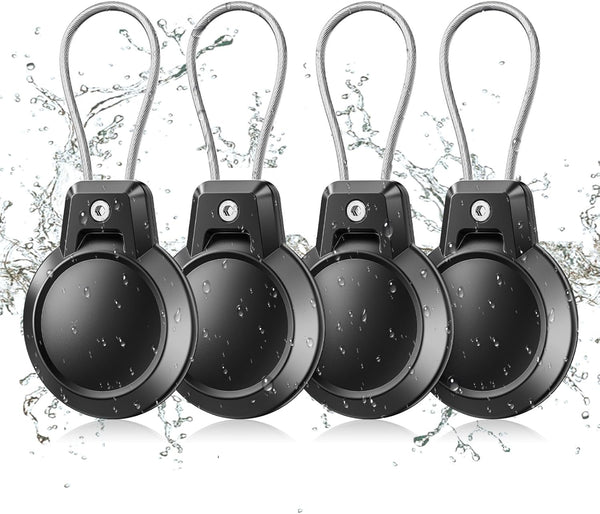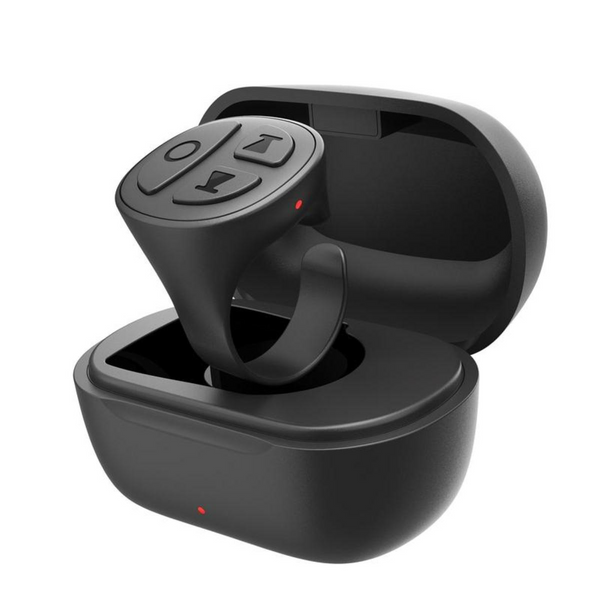Thermal Pprinting
Amazon link: https://www.amazon.com/dp/B09NNBJJGQ?th=1
What is thermal printing?
Thermal printing is a technology that prints images on thermal paper by heating.
Heat is applied by a controlled print head. Thermal paper, on the other hand, has a heat-sensitive coating that allows the heat to create the mark.
Types of Thermal Printing
There are two thermal printing methods: direct thermal printing and thermal transfer printing.
In the case of direct thermal printing, the heat from the print head is applied directly to the thermal paper. This causes a chemical reaction in the special heat-sensitive layer of the laminate that turns the paper black. Notably, modern thermal paper is more resistant to environmental influences than before, so colors can stay fresh for years.
Thermal transfer printing, on the other hand, uses colored foils or thermal transfer foils to print on paper. The printhead is equipped with hundreds of tiny heating elements that can be activated by computer control. Aluminium foil runs between the print head and the paper and is melted by the print head and the heating element is activated. The flat surface of the foil allows for fine and crisp printing with a slight sheen. The advantage of thermal transfer systems compared to thermal printing is the longer shelf life of their prints.
Thermal and Inkjet Printing Systems
Thermal printers that must print directly on product packaging typically use inkjet printing systems. The main advantage is that these systems are capable of printing on various surfaces such as paper, cardboard packaging, synthetic materials or metals. Inkjet printing is particularly used in pharmaceutical, cosmetic and food packaging, as well as in postal services.
Thermal printers powered by inkjet printing systems use cartridges with many small chambers that can be heated by electrical pulses. The heat causes the formation of small air bubbles, which push the ink through the nozzle. The tension of the vapor bubble, as well as the surface tension of the ink drop, causes the ink to fall back in a fraction of a second. This enables precise and high-quality printing of text, barcodes and graphics.
Another combination of thermal printing and inkjet printing technology is the so-called piezoelectric inkjet printing process, or piezoelectric inkjet printing. In this case, the walls of the ink chambers are heated by electrical pulses, so they extend through the heat. The ink is forced out of the nozzle and onto the object. By stopping the electrical pulse, the wall returns to its original position. A vacuum is created in the chamber, pulling the remaining ink not used for printing back into the cartridge.

















